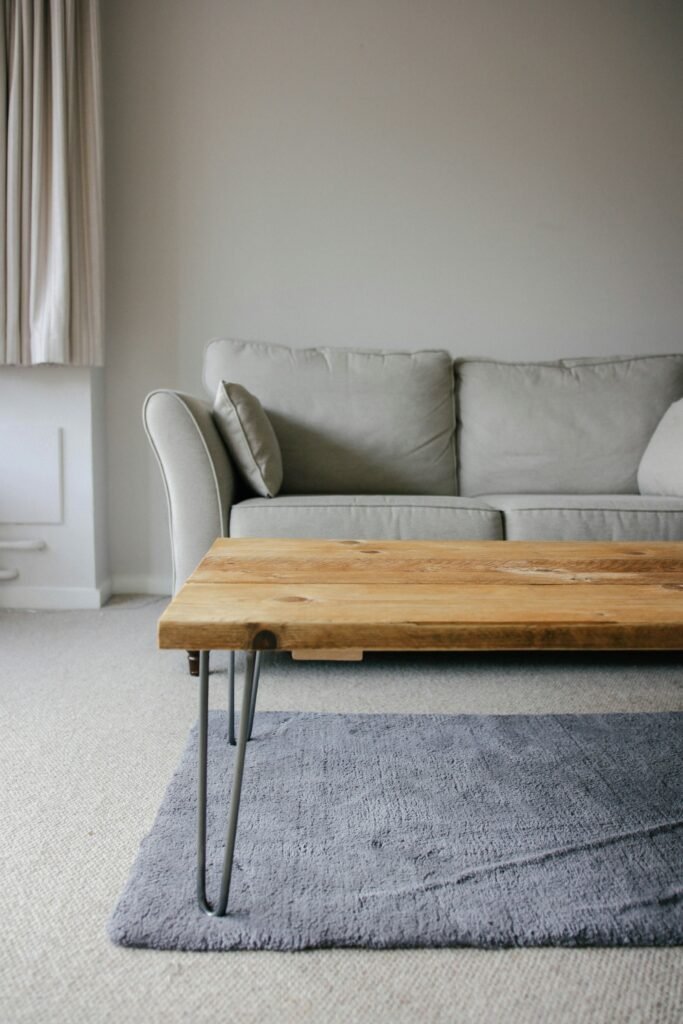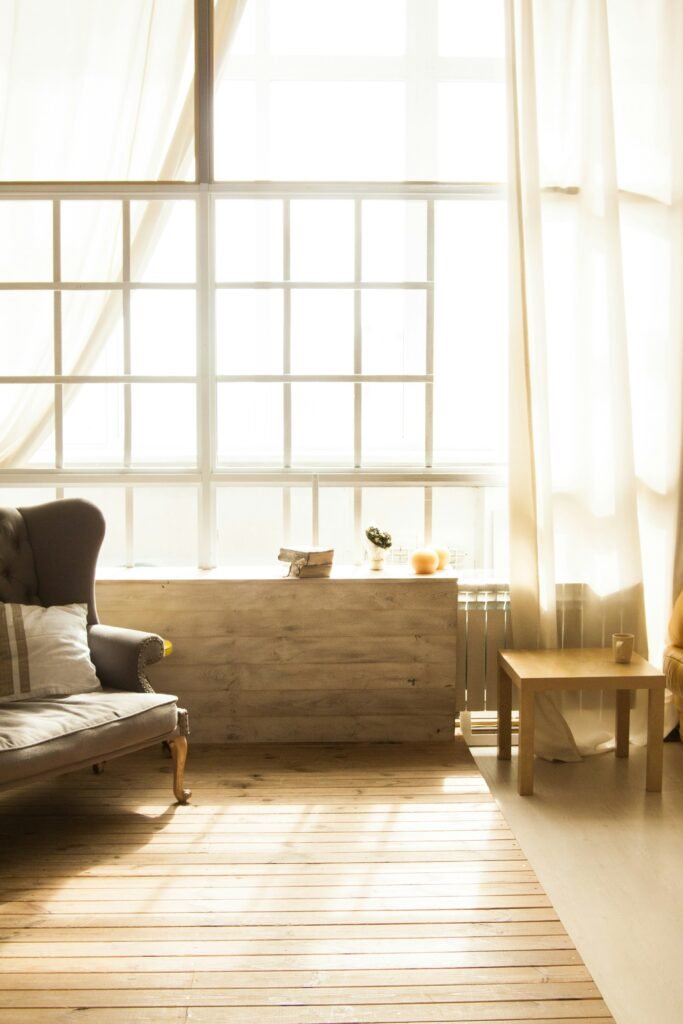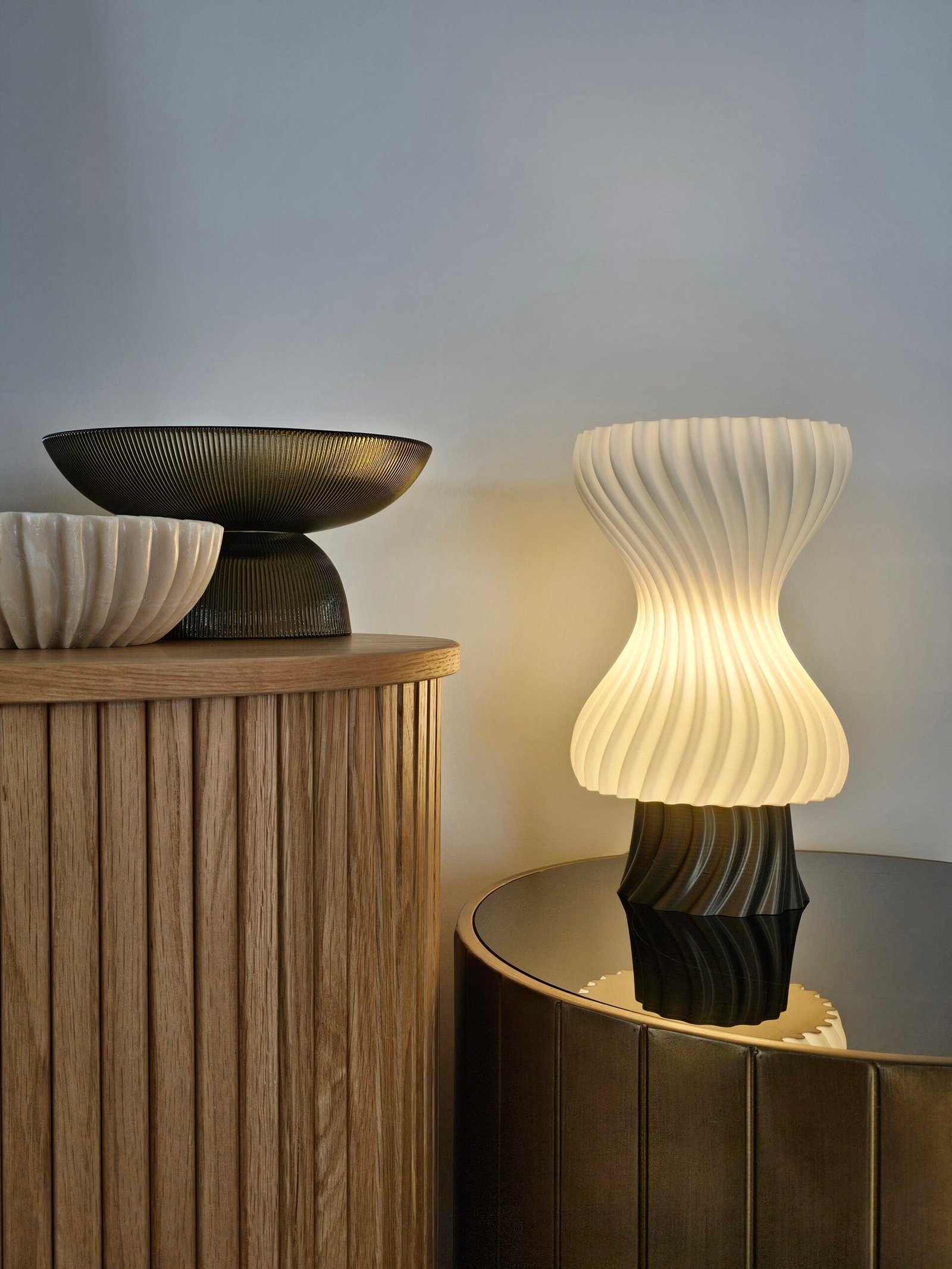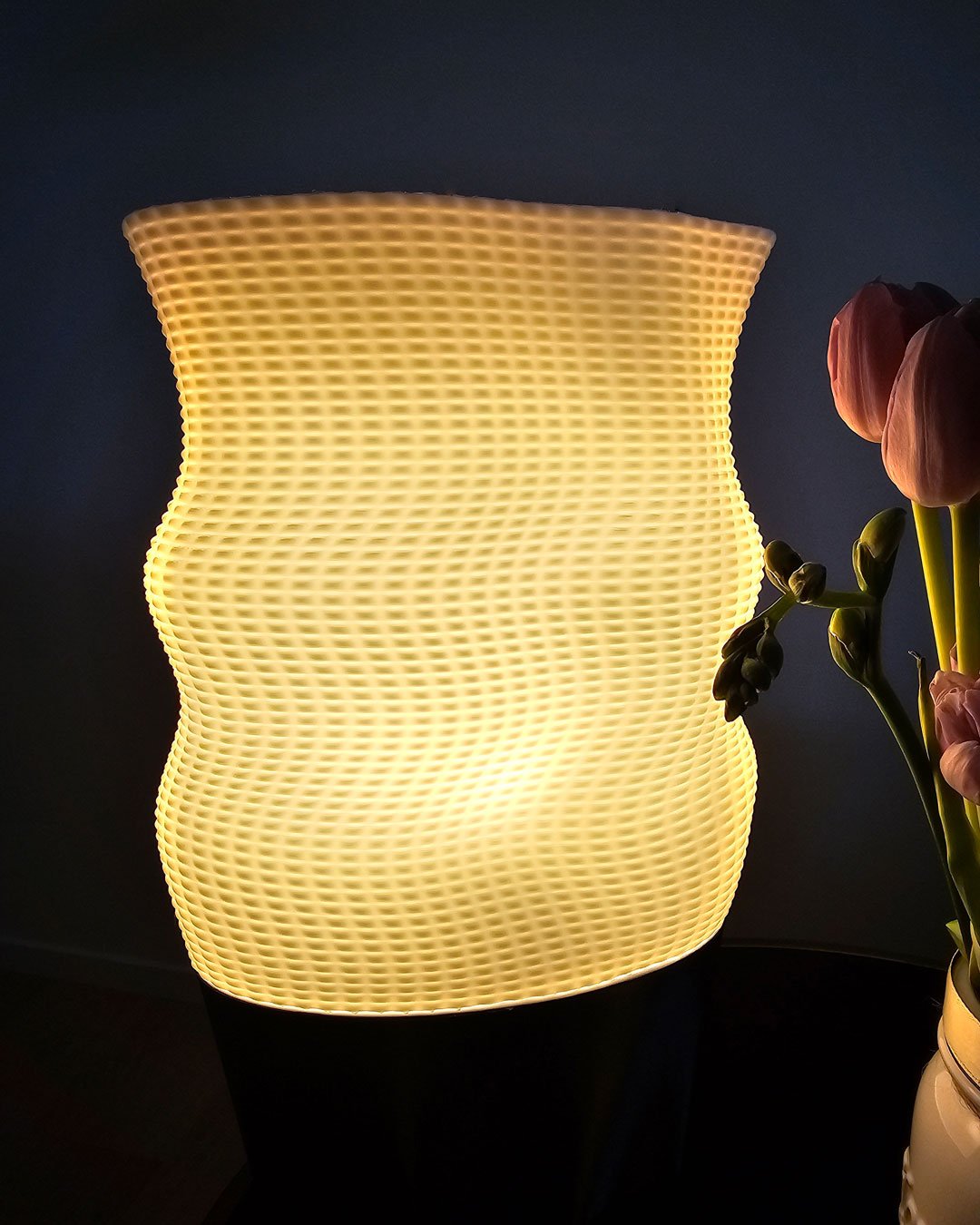When it comes to designing a home, we often think about the big-ticket items—furniture, paint colors, and flooring. However, one of the most crucial elements of interior design is often overlooked: lighting. Beyond its functional purpose, lighting plays a significant role in shaping the atmosphere of a space and influencing our mood and well-being. At Pearific, we believe in the transformative power of lighting. In this article, we’ll explore how lighting affects mood and well-being and provide tips on how to use it to create a harmonious home environment.

The psychological impact of lighting
Lighting isn’t just about illuminating a room; it’s about creating an experience. The type, intensity, and color of lighting can dramatically impact how we feel in a space. Research has shown that lighting affects our emotions, productivity, and even our health. For example, bright, natural light can enhance alertness and improve mood, while softer, warmer lighting can create a sense of calm and relaxation.
Understanding the psychological impact of lighting allows us to use it strategically to enhance our daily lives. Whether it’s a lively social gathering, a cozy evening at home, or a productive work session, the right lighting can set the tone for any activity.

The role of lighting in setting the mood
- Bright, Natural Light: Sunlight is a powerful mood enhancer. Exposure to natural light during the day can boost your mood, increase energy levels, and improve your overall sense of well-being. In rooms with plenty of natural light, consider using light, airy window treatments that allow sunlight to flood the space. For darker rooms, strategically placed mirrors can reflect light and make the room feel brighter.
- Soft, Ambient Lighting: Soft, diffused lighting creates a warm and inviting atmosphere, perfect for relaxation and unwinding. Think about the soft glow of a table lamp or a floor lamp with a fabric shade. At Pearific, our 3D-printed lamps are designed to cast a gentle, ambient light that enhances the comfort and coziness of any room.

- Accent Lighting: Highlighting specific features or areas of a room with accent lighting adds depth and visual interest. Whether it’s a piece of artwork, a bookshelf, or a decorative element, accent lighting draws attention to what makes your space unique and personal, contributing to a positive emotional experience.
- Task Lighting: Focused, bright lighting is essential for tasks that require attention to detail, such as reading, cooking, or working. Proper task lighting reduces eye strain and helps maintain concentration, which can lead to increased productivity and a better overall mood.
Lighting and well-being
Lighting also has a profound effect on our physical well-being. Poor lighting can cause eye strain, headaches, and fatigue, while well-designed lighting can enhance comfort and improve our health. Here’s how:
- Circadian Rhythm and Sleep: Our bodies are attuned to the natural cycle of daylight and darkness, known as the circadian rhythm. Exposure to natural light during the day and dimmer, warmer lighting in the evening can help regulate this rhythm, promoting better sleep and overall health.
- Reducing Stress: Proper lighting can reduce stress by creating a calming environment. Soft, warm lighting in the evening can signal to your body that it’s time to relax, reducing anxiety and preparing you for a restful night’s sleep.
- Boosting Energy and Focus: In workspaces or areas where focus is needed, bright, white light can help increase alertness and concentration, boosting productivity and energy levels.
Tips for using lighting to enhance mood and well-being
- Layer Your Lighting: Use a mix of ambient, task, and accent lighting to create a balanced and versatile lighting scheme. This layering allows you to adjust the lighting based on the time of day or the activity, providing flexibility and control over your environment.
- Opt for Dimmable Lighting: Dimmable lights give you the ability to adjust the brightness to suit your mood and activity. Lower lighting levels can create a relaxing atmosphere in the evening, while brighter settings can energize and motivate during the day.
- Choose the Right Color Temperature: The color temperature of light affects how we perceive a space. Warm light (2700K-3000K) creates a cozy, inviting atmosphere, while cooler light (4000K-5000K) is more energizing and suitable for task-oriented areas.
- Incorporate Natural Elements: Lighting fixtures that mimic natural elements, like Pearific’s 3D-printed lamps with organic shapes and patterns, can bring a sense of nature indoors, promoting relaxation and well-being.
- Maximize Natural Light: Whenever possible, design your spaces to maximize natural light. Use sheer curtains, place furniture to avoid blocking windows, and consider skylights or larger windows if feasible.
Pearific’s approach to lighting design
At Pearific, we understand the powerful impact that lighting can have on mood and well-being. Our 3D-printed lamps are crafted with care to not only illuminate your space but also enhance your emotional experience. With designs inspired by nature and crafted using sustainable materials, our lamps provide a warm, inviting glow that promotes relaxation and comfort.

We believe that lighting should do more than just light a room; it should transform it, creating a sanctuary that reflects your personal style and enhances your well-being. Explore our collection today and discover how Pearific can help you create the perfect ambiance for every moment.




